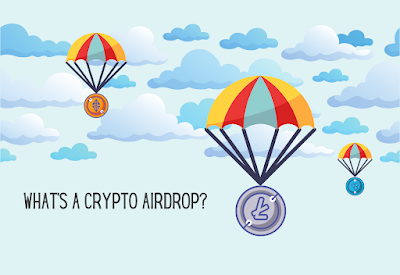Smart Contracts: The Future of Blockchain Technology

Introduction: Blockchain technology has been gaining a lot of attention in recent years due to its decentralized and secure nature. It has already disrupted many industries, including finance, healthcare, and supply chain management. One of the key innovations of blockchain technology is the smart contract, which has the potential to revolutionize the way we do business. What are Smart Contracts? Smart contracts are self-executing contracts that are coded on a blockchain. They are a digital form of a traditional contract that can be programmed to execute automatically when certain conditions are met. Smart contracts eliminate the need for intermediaries such as lawyers, banks, and other third-party service providers, thus making the process faster, cheaper, and more secure. History of Smart Contracts : The first smart contract was created by Nick Szabo in 1994, long before the creation of blockchain technology. Szabo, a computer scientist and cryptographer, envisioned a decentralized



%20Vs%20Terra%20Classic%20(LUNC).jpeg)






